How to Improve Indoor Air Quality During Winter Months
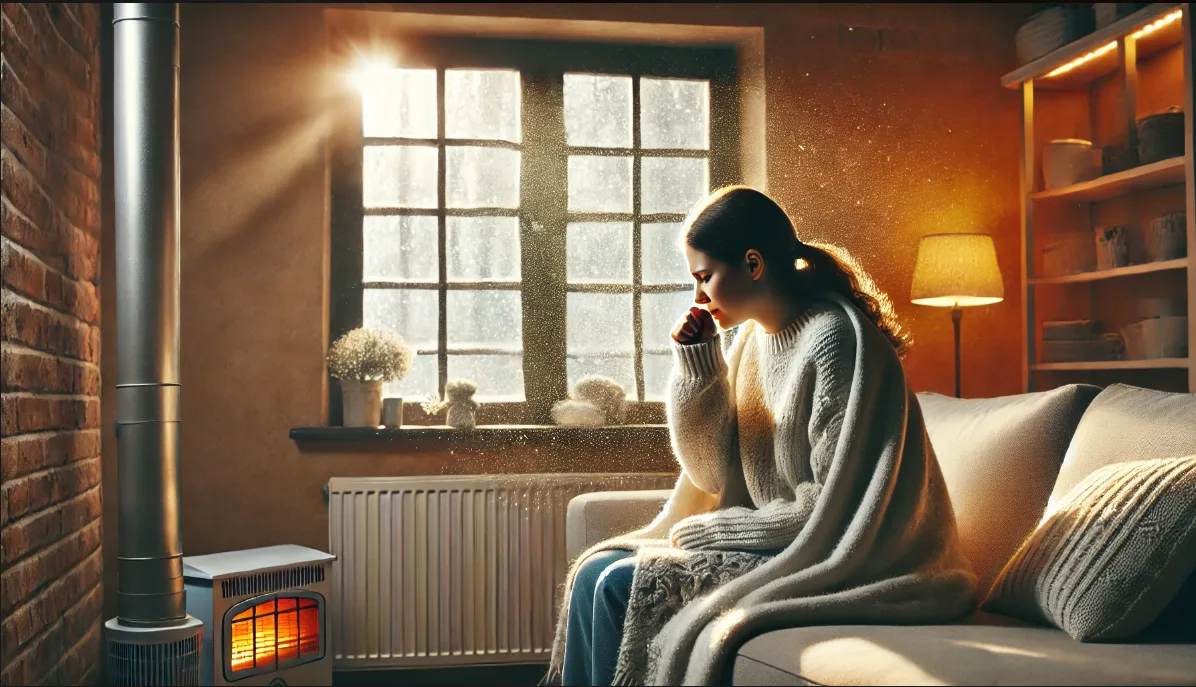
As the snow piled up outside, Emma snuggled up at home, loving the cozy warmth. But after a few days of keeping the windows closed to fight the chill, she started feeling her allergies kick in. The air felt a bit stuffy, and she couldn’t help but wonder if it was because of the yucky indoor air. Emma’s not alone—winter tends to make us shut ourselves off, trapping all that junk inside and making the air stale and not so great for breathing.
Keeping the air quality in check during winter is super important for feeling good and comfy. There are plenty of easy habits and budget-friendly tweaks you can make to keep the air in your home fresh and clean, even when you’re stuck inside. So let’s check out some simple tips to boost your indoor air quality this winter!
Why Indoor Air Quality Drops in Winter
Imagine most of us lock and ensure that no intruder from outside gets in when winter is around. Not only does it do a great job of keeping the cold out, but, dust, allergens, and pollutants are all held indoors as well.
Many factors related to a decline in air quality are seen during winters that are germs spread through heating, ventilation pollution, and limited time spent outside. The quality of indoor air is significantly related to allergies, respiratory diseases, and discomfort, so it must be maintained.
Indicators of Poor Indoor Air Quality
Before we dive into solutions, it’s helpful to recognize the symptoms of poor indoor air quality:
- Continuous sneezing or coughing
- Persistent dry skin, eyes, or throat
- Headaches or fatigue
- A noticeable stale or musty odor
- Presence of dust, although with regular cleaning
Winter Indoor Air Quality: How to Make It Better
Here are eight effective ways to enhance your home’s air quality during the colder months:
1. Ventilate Strategically
Winter compels us to shut all the doors and windows, but no ventilation could keep pollutants penned inside.
What to do:
- In some cases, open one or two windows for a few minutes, to bring the fresh air inside the house.
- To expel moisture and smells install exhaust fans in the kitchen and or the bathroom areas.
- A Heat recovery ventilator (HRV) which circulates fresh air throughout the house and at the same time does not allow the heat to escape should be installed.
2. Use an Air Purifier
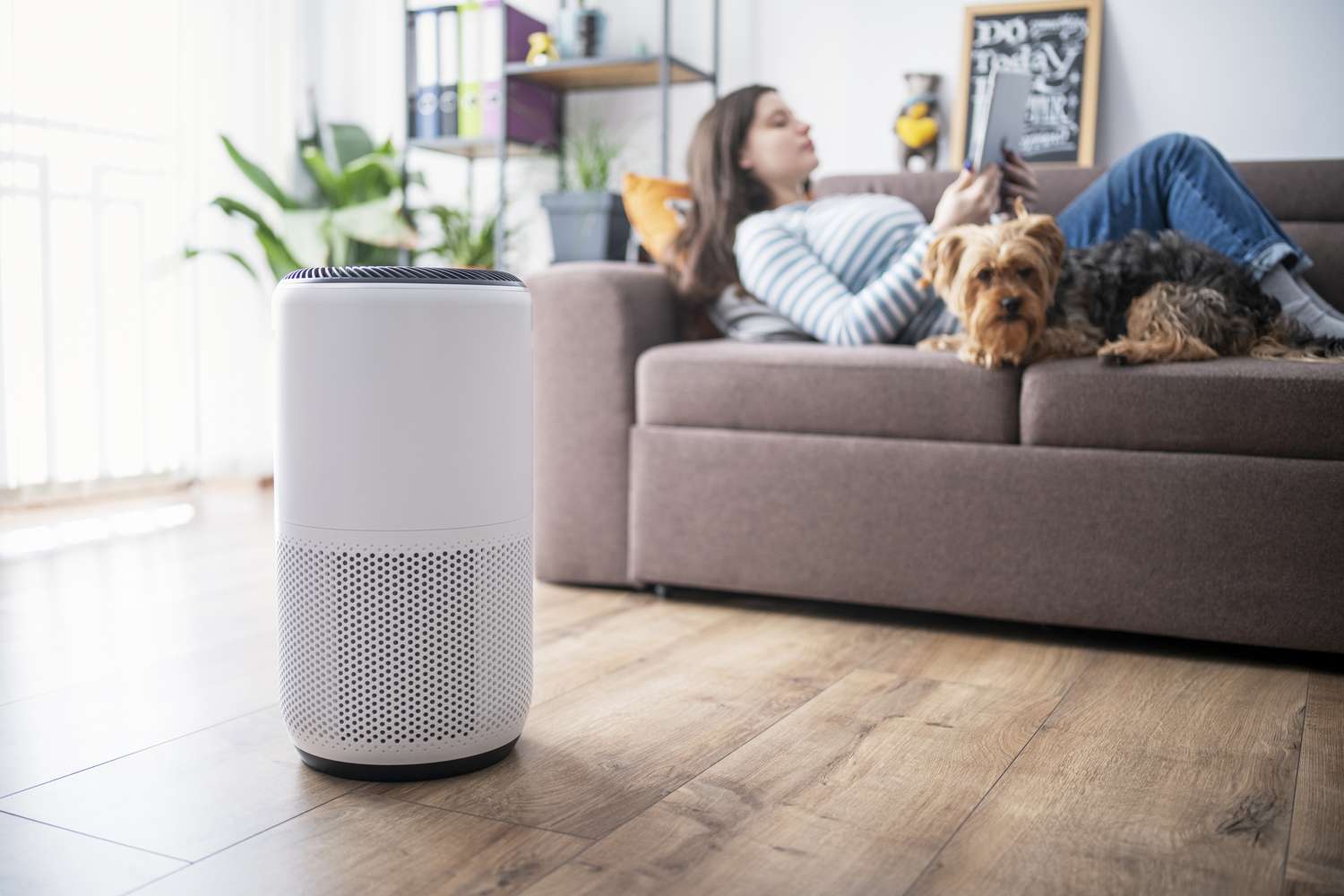
Air purifiers are perfect tools to clean any kind of airborne particles including dusts and pollen in homes.
How It Helps:
- HEPA filters capture small particles, ensuring cleaner air.
- Of course, some purifiers come with carbon filters for the removal of smells and chemical pollutants.
Pro Tip: For optimum results, it is best a fixed the air purifiers in the frequently occupied areas such as the living room or bedroom.
3. Keep Humidity Levels Balanced
Dryness can cause some respiratory issues on the other hand high humidity can breed some mold inside your house.
What to do:
- When using a water deficient room, ensure you keep the humidity level in the house to a maximum of 30 – 50%.
- Bring out a hygrometer from your workshop to and keep if at home for measuring the humidity levels.
- Avoid overusing the humidifier; too much moisture can create new problems.
4. Replace HVAC Filters Regularly
Filters in your heating system are busy during winter time to trap any particulate matter that may be circulating in the air. Dirt accumulation on filters will lower the amount of airflow and the overall quality of air in a building.
How often to replace
- Replace filters every 1 to 3 months based on usage.
- HEPA filters will also give better outcomes than the regular filters that are used.
5. Limit Indoor Pollutants
Some indoor pollutants are from normal household activities, including cooking, use of candles, or on using specific detergents.
How to minimize
- Do not smoke inside a house because it circulates dangerous substances in a home.• Choose cleaners with no scent added if you can.
- Limit the burning of candles or use scented candles.
6. Keep Your Home Clean
Cleaning often helps to reduce the accumulation of dirt, pet fur or hair and other allergens in a house.
Cleaning Tips
- Completely remove all the carpets and rugs in the house, and vacuum them at least once a week using a vacuum cleaner with a HEPA filter.
- Sweeping mop floor to clear allergens those vacuum cleaners may not be able to pick.
- Replace beddings and curtains often in order to decrease chances of having allergens.
7. Introduce Indoor Plants
Some plants located inside homes help in purification of air, balancing the quality as well as the appearance.
Best Plants for Air Quality:
- Spider plants
- Peace lilies
- Snake plants
Caution: Do not select plants that may cause allergy or those which need high humidity for survival.
8. Service Your Heating System
Heating systems are also prone to collect dust and other particles that circulate within your home’s airflow.
What to do:
- Always ensure that your furnace or the heating system, has the annual maintenance check.
- Clean air ducts if they were not cleaned for several years.
- Loss of air can also be minimized through sealing of duct leaks especially if you do not want dust to reach your rooms.
Guidelines for Improving Indoor Air Quality in Winter
| Do’s | Don’ts |
| Regularly replace HVAC filters. | Don’t ignore musty odors or visible mold. |
| Use an air purifier in high-traffic areas. | Don’t overuse humidifiers, as excess moisture can lead to mold. |
| Ventilate your home strategically. | Don’t rely solely on artificial fragrances to mask odors. |
| Opt for natural cleaning products. | Don’t smoke indoors. |
Tips for Long-Term Indoor Air Quality Improvement
- Invest in a Smart Thermostat: These devices monitor and adjust temperature and humidity levels automatically.
- Seal Air Leaks: Insulate doors and windows to prevent drafts without compromising ventilation.
- Plan Annual Maintenance: Schedule routine checkups for your HVAC and air purification systems.
Key Takeaways
1. Bad indoor air quality in winter can cause health issues and make you feel pretty uncomfortable.
2. Just doing some basic stuff like cleaning often, opening windows when you can, and using air purifiers can really help out.
3. Keeping humidity in check and getting your HVAC system serviced are super important for improving your air quality over time.
Need Professional Help?
If improving indoor air quality feels overwhelming, let the experts step in! Lockey air and heating specializes in creating clean, healthy indoor environments tailored to your needs. Contact us today for a customized air quality solution and breathe easier all winter long.
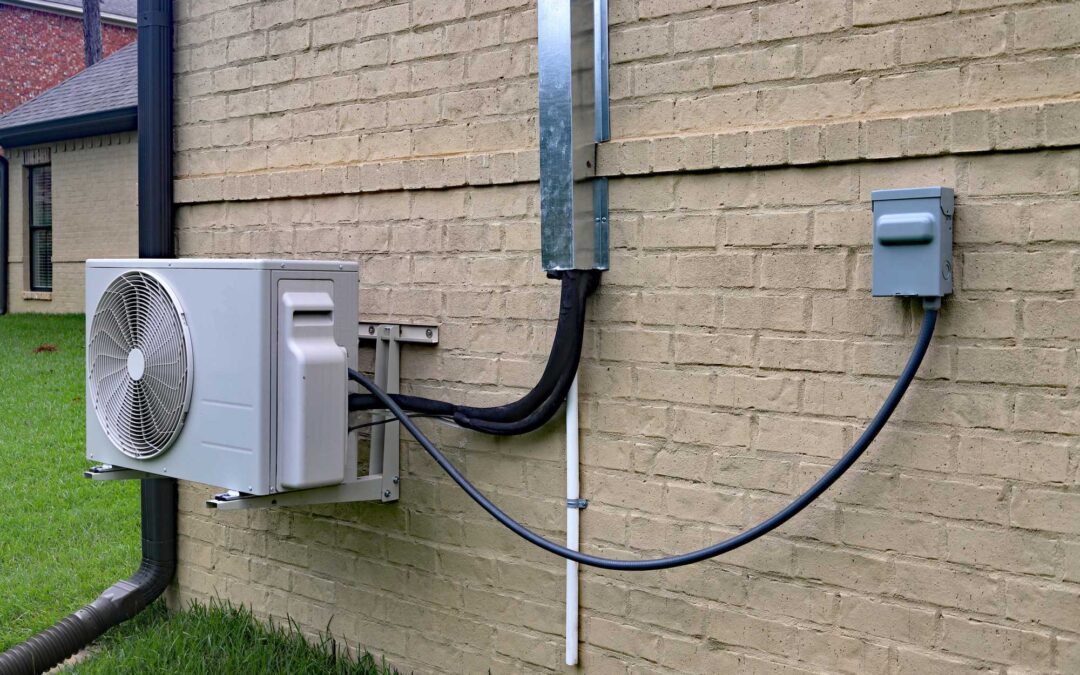
Top 5 Benefits of Installing a Ductless Mini-Split System in Your Home
Top 5 Benefits of Installing a Ductless Mini-Split System in Your HomeTired of battling the...

How HVAC UV Lights Help Fight Allergies and Asthma: A Healthier Home Environment
How HVAC UV Lights Help Fight Allergies and Asthma: A Healthier Home Environment Are you tired of...
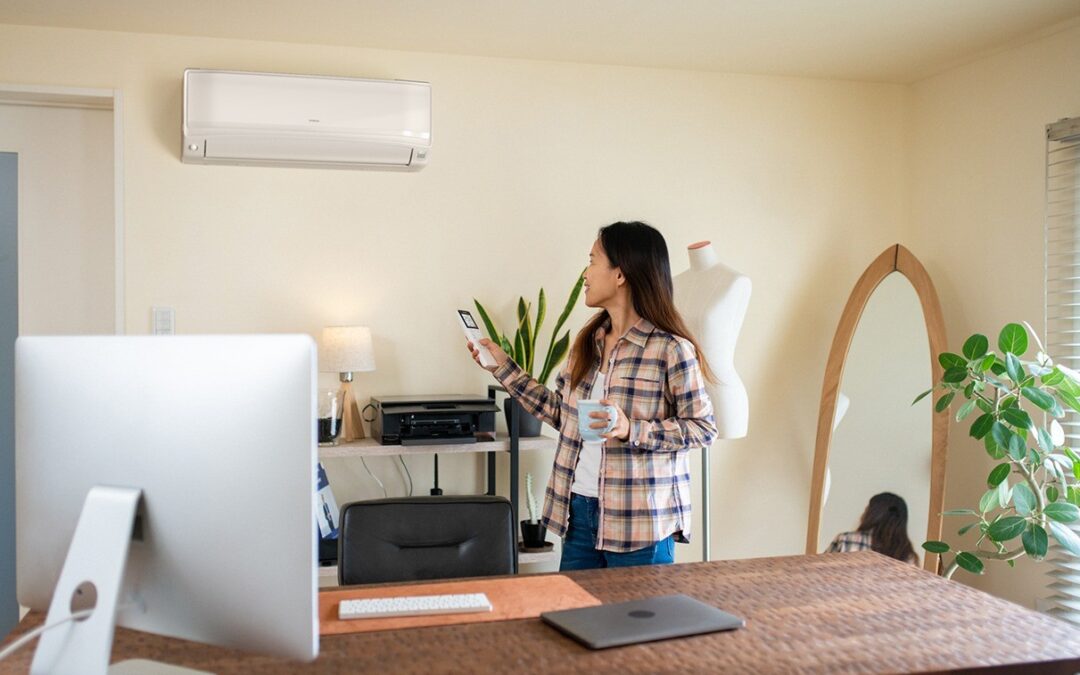
How Seasonal Changes Affect Your AC and What You Can Do
How Seasonal Changes Affect Your AC and What You Can DoDo you know that seasonal changes can...
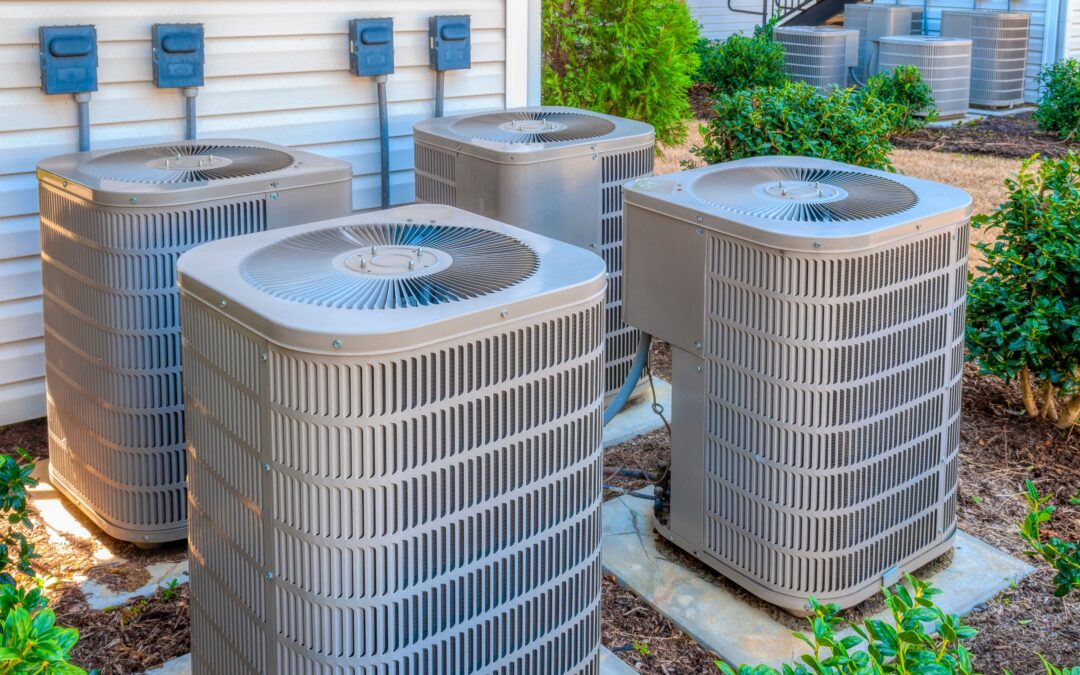
Energy-Saving Tips for Your HVAC System
Energy-Saving Tips for Your HVAC SystemAre you planning to install HVAC system, but concerned...
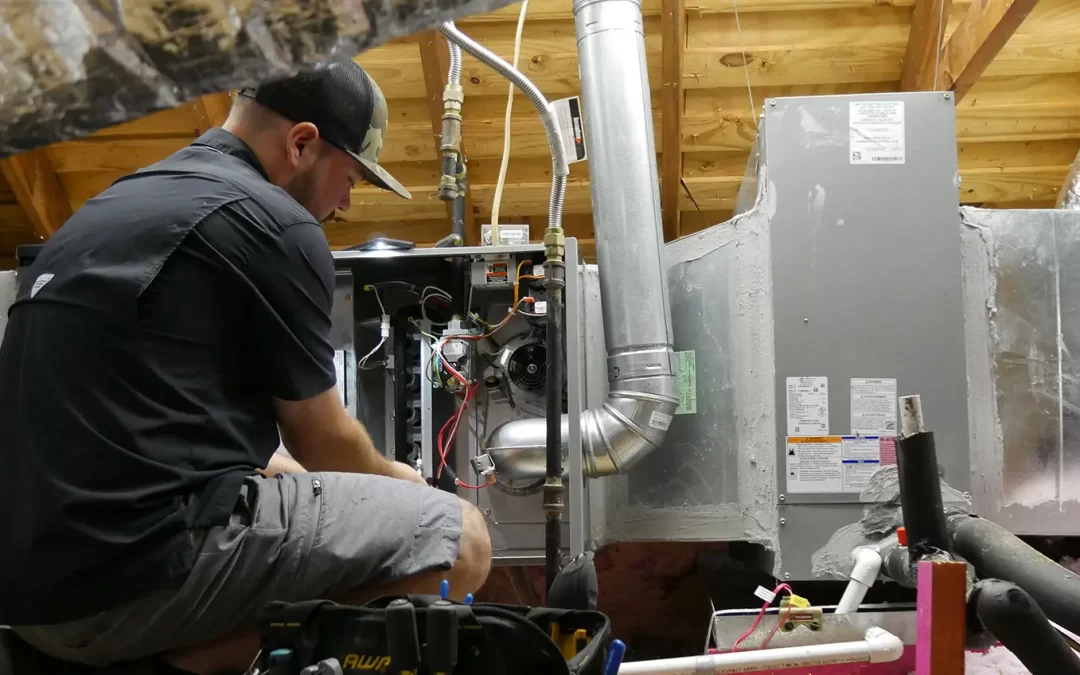
Top 5 Signs Your HVAC System Needs Maintenance ASAP
Top 5 Signs Your HVAC System Needs Maintenance ASAP Is Your HVAC System Trying to Tell You...
